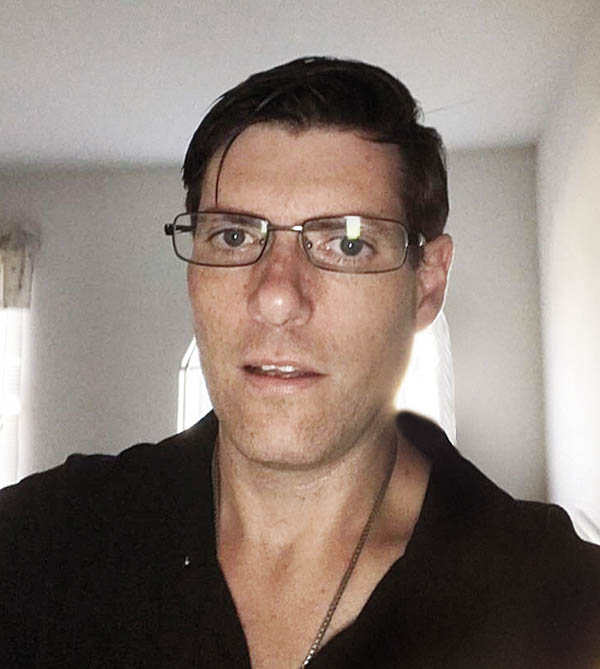A Primer On Collecting Native American Arrowheads
Sadly, the field of collecting ancient artifacts is not nearly as exciting as most of the adventures of Indiana Jones. Simply stated, the field of ancient artifacts covers the gamut of rare and coveted antiquities to prehistoric fossils and even Native American artifacts. It is the last category that I will be focusing on here, more specifically Native American arrowheads, but first, a brief history lesson is in order.
Some of the first known Native American arrowheads were created thousands of years ago and were carved out of various materials such as flint, agate, jasper, and quartzite. They represent some of the earliest known remnants as to how our prehistoric ancestors lived. That said, collecting arrowheads is a somewhat esoteric hobby within the greater antiques and collectibles field. Over the years, the hobby has grown considerably, and the most sought-after artifacts are unlike most of the arrowheads that casual enthusiasts may have come into contact with through museum souvenir shops or through the possessions of a close relative who owned some specimens. Much like digging up antique bottles, arrowhead collecting was quite popular back when you could still discover less-than-stellar specimens on plots of undeveloped land. I fondly remember my father sharing stories of his youth spent growing up around Hazleton, Pa., and him stumbling upon multiple broken arrowheads on the outskirts of undeveloped forest land.
Today, thanks to the rise of better authentication techniques and well-versed experts within the trade, the history, certification, and grading of these treasures has advanced in ways never before thought possible. Now, respected auction houses deal in these fascinating treasures. In the 1970s, 80s, and 90s, a plethora of fake Native American arrowheads engulfed the secondary market. Some of these fakes and forgeries were so well made that they continue to baffle some experts in the trade to this day. Others were so badly made that even casual enthusiasts with no formal training can easily identify them. The field of Native American arrowhead collecting is an advanced area of study that no novice should undertake without enlisting the skills of multiple well-respected experts in the trade. Beginning collectors and novices who wish to spend significant amounts of money purchasing authentic artifacts should begin by reading and learning about the subject of not just Native American arrowheads, but also the entire market for Native American artifacts in general. Most auction houses that cater to authentic Native American arrowheads tend to also specialize in the greater Native American artifact marketplace as well. One book that is a must-have to any up and coming arrowhead collector is the most recent edition of The Official Overstreet Indian Arrowheads Identification and Price Guide. The guide gives an unprecedented listing as to what makes certain arrowheads valuable and lists tips for identifying certain artifacts from different time periods.
Another recent development that has greatly affected the marketplace for Native American artifacts is the advent of third-party certification and grading. Companies like IAGA, which is short for Indian Artifact Grading Authority, can help you not only identify and authenticate your treasures, but also grade them by condition of the overall specimen. This can help determine a fair value on the secondary market, as prices for even the most sought-after artifacts have been volatile over the years, while also breaking new records at high-profile auctions. There seems to be a lot of wealthy collectors chasing after the most coveted specimens on the market today, but would-be speculators should take note that the middle range and lower end of the market have not been affected by this same frenzy.
Occasionally, well-vetted auction houses like Morphy Auctions will hold exclusive auctions that cater to Native American artifacts. It should be stated that even though these auctions are run by experts in the industry, collectors are still encouraged to do their own research on the items they may be interested in obtaining. Unlike the field of antique bottle collecting or modern-day collecting mainstays like vintage Star Wars figures and toys, the hobby of collecting ancient artifacts is much more complex. A novice collector can easily spend decades studying some of the most stellar and valuable finds without even scratching the surface of what the overall market has to offer. Contrary to popular belief, most Native American arrowheads are not all that valuable, as some can be had for $1 to $40 each. Condition, age, and rarity are what separates a $40 arrowhead from a $500 arrowhead and a $10,000 arrowhead from a $500 one. The high-end markets of this trade are not for the casual enthusiast.
In conclusion, I own several Native American arrowheads and find the pieces to be quite impressive. I should also state that I do not trust my own judgment when identifying and buying these kinds of pieces and always enlist the help of professionals to guide me in any purchases I choose to make. Should any readers decide to dabble in this exciting field of study, I strongly urge you to do the same.
Shawn Surmick has been an avid collector since the age of 12. He currently resides in his hometown of Boyertown, Pa., and is a passionate collector of antiques and collectibles. His articles focus on various topics affecting the marketplace.






